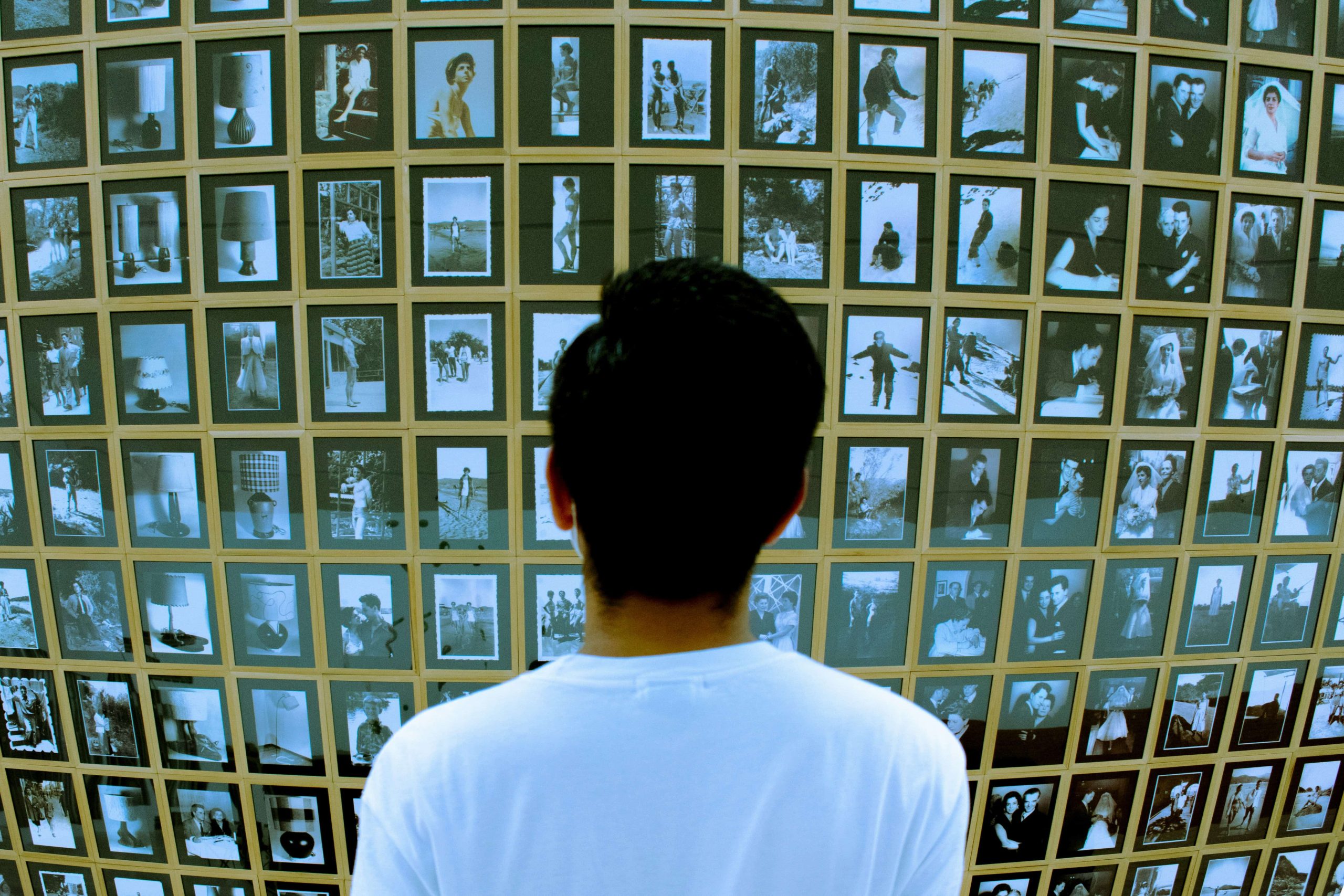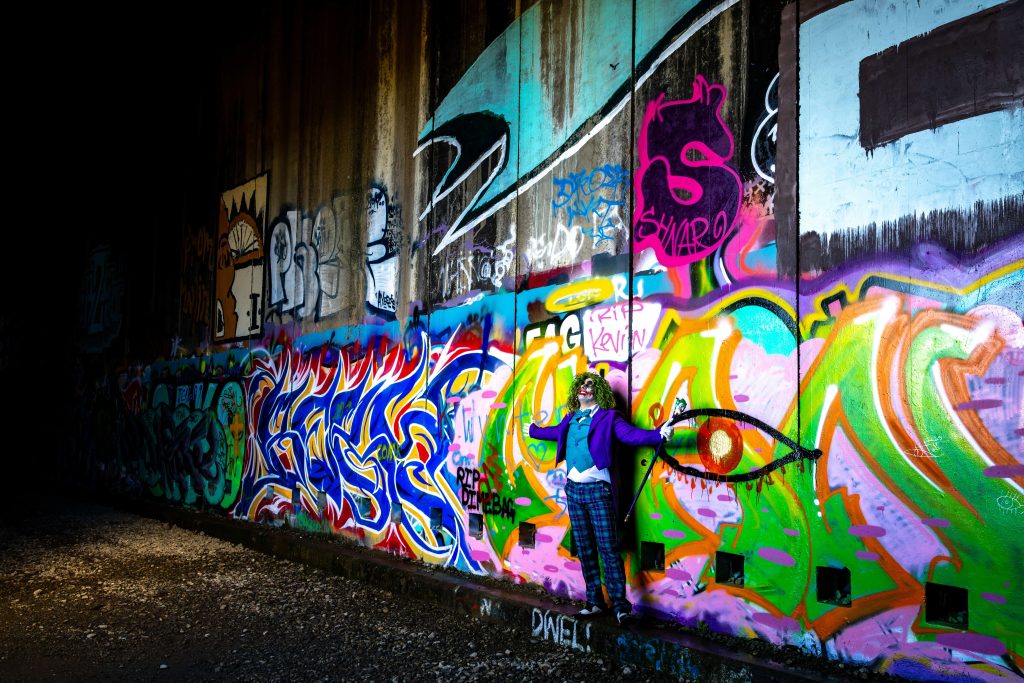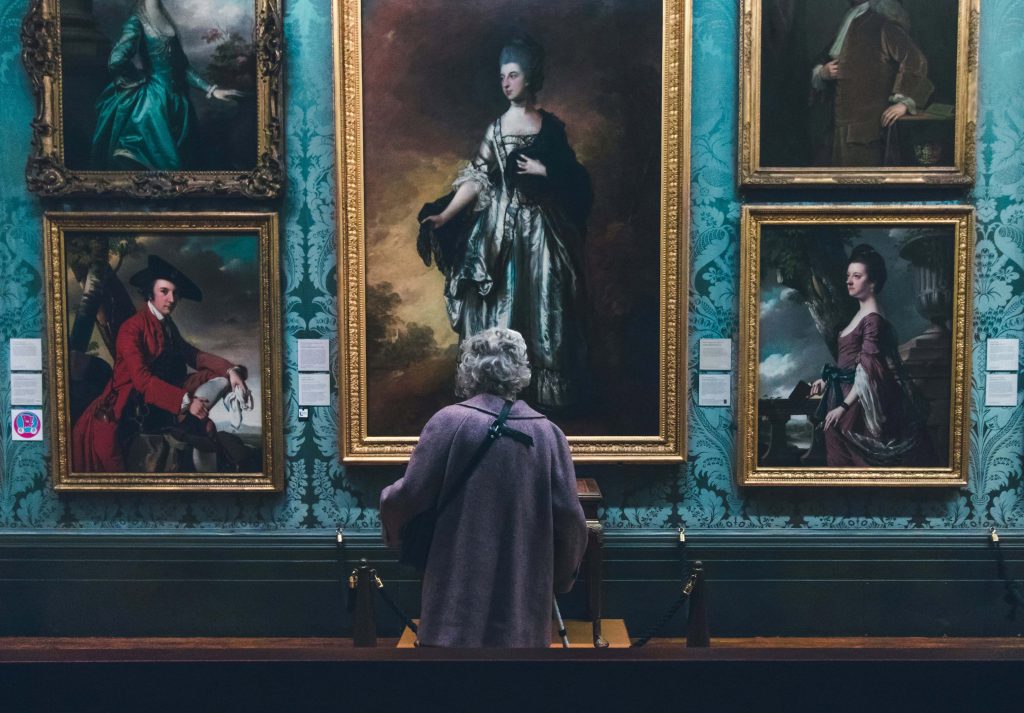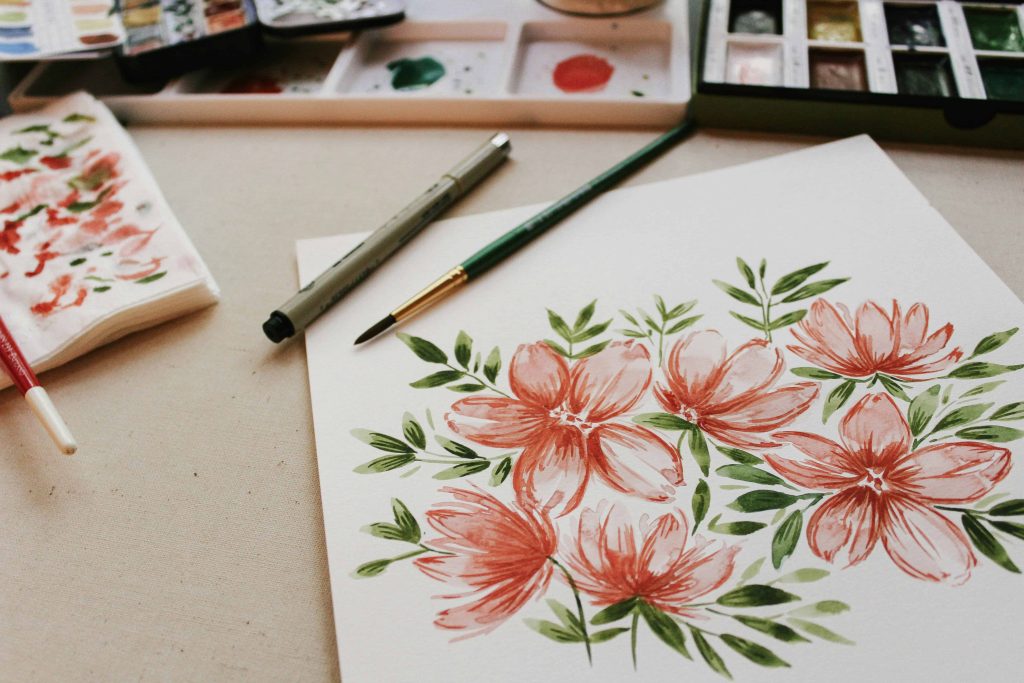
03 Nov Breaking Barriers: The Rise of Accessible Art Practices in 2025
Introduction
Accessible and inclusive art practices are approaches to art-making and community participation designed to remove barriers so that everyone — regardless of physical ability, background, or resources — can engage meaningfully. Accessibility ensures that people with varying needs can experience and create art comfortably, while inclusion ensures that diverse identities and voices are welcomed and represented.
Incorporating accessibility into community art is essential for building social connection and belonging. When art is accessible, it becomes a shared language that celebrates participation, encourages collaboration, and empowers creativity across all groups. The main goals of inclusive art are to break barriers, foster belonging, and promote equitable participation in artistic expression.
Foundational Principles of Accessibility in Art
Universal Design
Universal design aims to create experiences that work for everyone without needing specialized adaptation. In art, this may mean designing exhibition spaces that are easy to navigate, using tools suited to different physical abilities, or developing creative processes that allow people of various skill levels to participate comfortably.
Flexibility and Adaptability
Inclusive art programs should accommodate diverse physical, sensory, cognitive, and emotional needs. Flexible approaches allow for different engagement methods — such as offering both visual and tactile versions of artworks, providing multiple pacing options during workshops, or adjusting lighting and sound levels to individual comfort.
Anti-Oppression Framework
A strong accessibility framework recognizes social and structural barriers that prevent full participation. Prioritizing equity means understanding how intersecting identities — such as gender, age, or socioeconomic status — affect participation and creating spaces that support fairness, respect, and shared decision-making.
Community Co-Creation
Inclusive art thrives on collaboration. Inviting community members to co-create projects ensures that initiatives reflect the real experiences and needs of participants. This approach fosters trust, cultural relevance, and long-term engagement by transforming audiences into active contributors.
Key Dimensions of Accessibility
Physical Accessibility
Physical accessibility ensures that art spaces and tools accommodate everyone’s mobility and comfort.
- Venue design: Provide ramps, wide pathways, seating options, and accessible restrooms.
- Adaptive tools: Offer adjustable easels, ergonomic brushes, and easy-grip art materials that support diverse motor abilities.
Sensory Accessibility
Sensory inclusion supports people with visual, auditory, or sensory sensitivities.
- Visual aids: Use high-contrast materials, large print labels, and tactile artworks.
- Auditory access: Include captioning, transcripts, or sign language interpretation.
- Multi-sensory engagement: Integrate sound, texture, and scent to create immersive experiences accessible to different sensory preferences.
Cognitive Accessibility
Art environments should be cognitively welcoming to all.
- Provide clear, simplified instructions and visual guides.
- Allow flexible pacing so participants can take breaks or revisit steps.
- Create quiet spaces for reflection or sensory regulation.
Financial Accessibility
Economic barriers can limit participation, so inclusive art programs often ensure access regardless of financial background.
- Offer free or donation-based programs whenever possible.
- Provide shared or reusable materials to reduce personal costs for participants.
- Support community art exchanges or donation drives to sustain supplies.
Strategies for Inclusive Community Engagement
Outreach and Communication
Effective outreach is key to inclusion.
- Use multilingual and easy-to-understand communication.
- Partner with local organizations, schools, and cultural groups to reach underrepresented communities.
Representation and Content
Inclusive art should mirror the diversity of the communities it serves.
- Feature artists from varied backgrounds and experiences.
- Explore themes that reflect community stories, traditions, and collective values.
Participatory Methods
Empowering participants to shape the process builds deeper engagement.
- Encourage open-ended creative projects that welcome multiple skill levels.
- Use group decision-making for choosing materials, exhibit designs, or community showcases.
Digital Accessibility
Online engagement must also be inclusive.
- Ensure websites and virtual exhibits are compatible with assistive technologies like screen readers.
- Provide captioned videos, alt text for images, and easy navigation.
- Offer hybrid participation options to connect both in-person and remote audiences.
Overcoming Barriers to Inclusion
Common Challenges
Inclusive art initiatives often face:
- Limited resources or funding for accessibility tools and training.
- Unintentional biases that influence program design or audience targeting.
- Practical obstacles such as transportation, scheduling, or limited venue options.
Solutions
- Collaborative partnerships can share resources and expertise among organizations.
- Staff education and workshops build awareness of accessibility and inclusion standards.
- Community feedback helps identify and address gaps in accessibility to ensure ongoing improvement.
Sustaining Inclusive Practices
Policy Integration
Accessibility should be part of every organization’s mission and long-term planning. Embedding it in policies ensures consistent commitment and accountability.
Continuous Learning
Regular training keeps teams informed about evolving accessibility standards, new assistive technologies, and best practices in inclusive art engagement.
Community Accountability
Establishing advisory groups or community panels that represent diverse participants helps guide inclusive planning and maintain transparency.
Measuring Impact
Monitoring attendance, participant feedback, and satisfaction levels helps organizations evaluate inclusivity and measure growth in community engagement.
Conclusion
Accessibility in art is not just about compliance — it’s about connection. When creative spaces are designed with inclusion at their core, they become environments where people feel seen, supported, and inspired.
Inclusive art practices remind us that creativity belongs to everyone. By committing to continuous improvement, collaboration, and empathy, communities can build a future where art serves as a universal bridge — uniting people through shared expression and imagination.
Key Takeaways
- Accessibility and inclusion transform art into a shared experience. Inclusive art ensures that everyone, regardless of ability, background, or income, can engage in creative expression. By removing barriers, art becomes a unifying platform that promotes social connection, creativity, and belonging.
- Universal design and flexibility are essential foundations. Accessible art spaces prioritize universal design, adaptable tools, and flexible participation methods. This approach allows people of all abilities and learning styles to comfortably interact, create, and appreciate art.
- Community collaboration drives meaningful inclusion. Co-creation with community members ensures projects reflect real needs and experiences. By engaging participants in the creative process, inclusive art fosters trust, authenticity, and cultural relevance.
- Accessibility extends beyond physical design. True inclusion addresses physical, sensory, cognitive, and financial accessibility. From tactile art and captioned media to affordable materials and donation-based programs, each effort expands participation opportunities.
- Digital and hybrid inclusivity bridge new audiences. Accessible websites, captioned videos, alt text, and hybrid engagement options make digital art spaces welcoming for remote and differently-abled participants, ensuring no one is left behind.
- Education, partnerships, and accountability sustain progress. Continuous training, shared resources, and community advisory panels strengthen long-term inclusion. Regular evaluation and policy integration ensure accessibility remains a core mission rather than a temporary initiative.
FAQs
What are accessible art practices, and why are they important?
Accessible art practices are creative methods designed to include people of all abilities, backgrounds, and financial means. They ensure that everyone can engage meaningfully in art creation and appreciation. These practices are vital because they promote equality, social inclusion, and cultural participation across diverse communities.
How can art organizations make exhibitions more inclusive?
Art organizations can improve inclusion by applying universal design principles, providing adaptive tools, and offering multisensory experiences. They should also ensure financial accessibility through donation-based events and establish community partnerships to reach underrepresented audiences. Continuous staff training further strengthens inclusivity efforts.
What are the benefits of community co-creation in accessible art?
Community co-creation empowers participants by transforming them from passive viewers into active contributors. It builds trust, enhances cultural relevance, and reflects authentic community stories. This approach also strengthens long-term engagement, as participants feel a sense of ownership and connection to the creative process.
In today’s digital-first world, art and technology go hand in hand. This article explores how social media integration is redefining virtual art tours, helping artists and curators connect with diverse audiences while enhancing visibility and storytelling across digital platforms.




